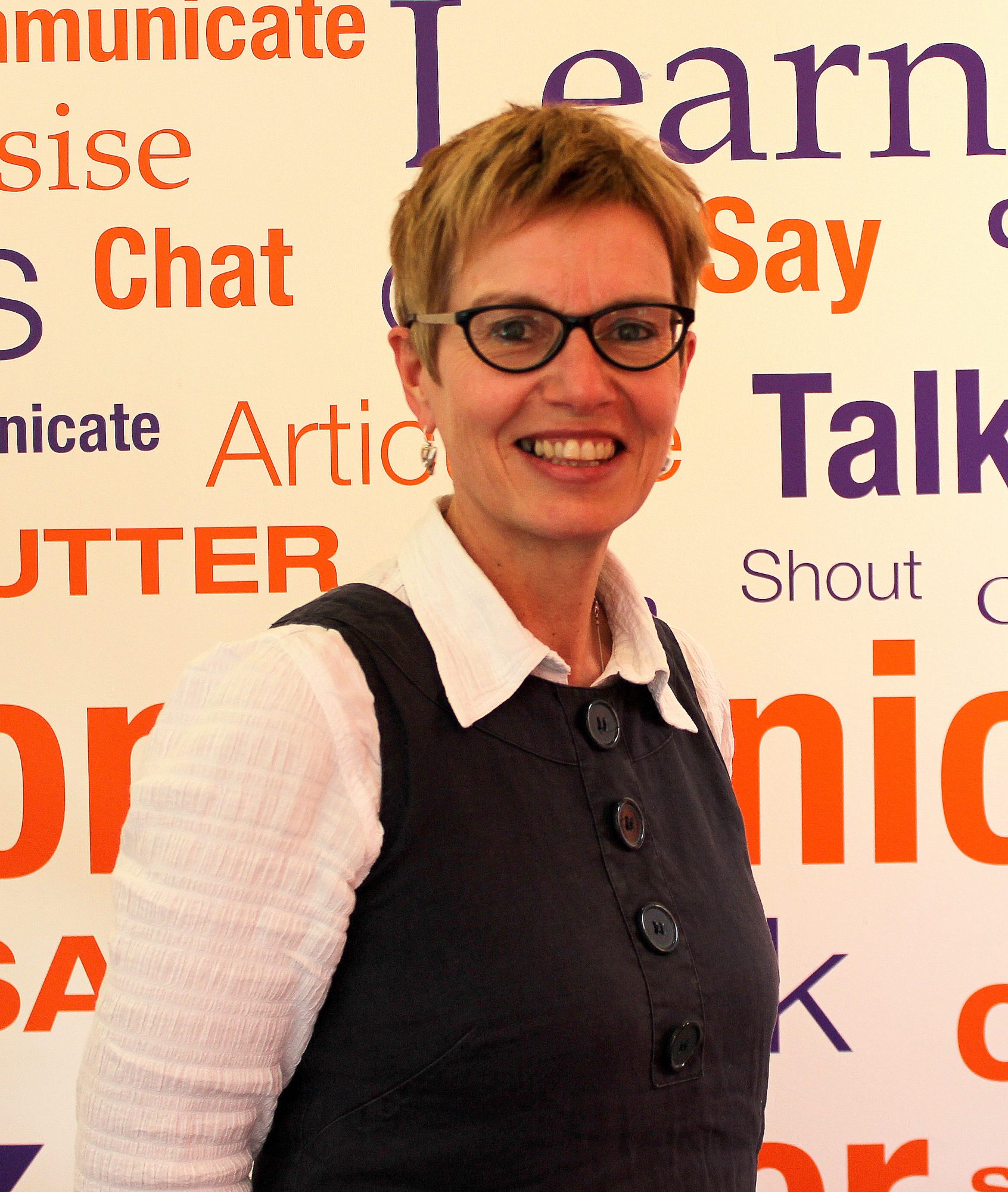Mary Hartshorne, Head of Evidence at I CAN explains the difference in poor children’s language skills when it comes to closing the word gap
Take a walk along any street and you’ll hear the children’s chatter. Children use language in play to make sure they get what they need or want, to say how they feel and to share the news. However, there is a very real difference in the type of chatter you hear in different parts of the country or even in the same city. A child growing up in a very deprived part of Manchester, for example, will talk very differently to one growing up in a more affluent area. In fact, research had shown there’s a huge difference.
A landmark study carried out in the mid-1990’s by Betty Hart and Todd Risley coined the phrase the ’30 million word gap’. Over a period of two and a half years, they recorded the language in the homes of three-year-old children. They found that a child in a family on benefit heard 30 million words less than a child in a professional family.
The recordings also showed that children in poorer families spoke around four times fewer new words per day. A more recent study found that as well as the words a child says, there are dramatic differences in the number of words children in different social economic groups understand. This difference is there by the time children are 18 months old.
This is worrying given the fact that children need good language skills to be able to learn to read, to do well in school, to make friends and manage their behaviour. Children’s language at age five is the single most important factor in predicting literacy at age 11 – more important than behaviour, peer relationships, emotional well-being, positive interaction and attention.
UK government policy on language
Speaking in July 2018, Damian Hinds expressed concern about the number of children finishing their reception year still not able to talk in sentences. He announced his ambition to cut the number of children starting school with poor language in half over the next ten years. Closing the word gap is the top priority in the UK government’s social mobility action plan and the funding to ensure this happens is being realised through the Department for Education’s programmes in the home, local services and early years settings.
It’s a while since we have seen children’s early language development so high on the political agenda. This is great to see. Given that we have known about these language differences for quite a long while, it is also long overdue.
‘The Word Gap’
‘The Word Gap’ is a neat way of describing the problem; it has been picked up and used to really highlight a pressing need. However, its simplicity also raises some issues, including the ones detailed below.
Firstly, it’s not just words. Studies have shown that other aspects of language also lag behind – children’s ability to talk in sentences, their understanding of instructions and how well they can put their thoughts into words to tell someone what has happened. For children living in disadvantaged areas, all these skills can be behind what is expected. A study carried out in Stoke on Trent, for example, found that in some areas 64% of children starting school had language that was behind age expectations.
Secondly, it’s not just talking to young children that matters. Hart and Risley also noted that there were differences in the amount of interaction happening in different homes i.e. the amount parents and children talked together. In fact, we now know that it’s the ‘back and forth’ conversations that are the most important in developing young children’s language: talking with and not to children.
My third point is that this gap in language skills as children start school is critical but without support, the gap stays there, right through school. One study in a secondary school in a deprived area of Sheffield found that 83% of students had poor language, a very different situation to a school in a nearby affluent area. Recently, Oxford University Press published ‘Why closing the word gap matters’, reporting on a survey of over 1,000 teachers; 40% felt students lacked the vocabulary to access learning and over 60% of secondary teachers felt the gap between students with poor word knowledge and their peers was increasing.
Finally, closing the word gap is an admirable mission but for many of the 30 million children, this is unlikely to happen. 7.6% of all children have developmental language disorder (DLD), they have a language difficulty which won’t get better by itself. It’s important to differentiate these different groups of children. Children with DLD need specialist support, very different to what’s needed to close the word gap.
Solutions to ‘The Word Gap’
That brings me onto the good news! There are solutions.
Some areas have taken up the challenge and tackled the word gap at a city-wide level. In Stoke-on-Trent, the Stoke Speaks Out initiative has been running for over a decade. Over that time the number of children starting school with delayed language has reduced from 64% to only 39% of children.
Given that children learn most vocabulary in the home, other areas have looked specifically at improving parental engagement. In Merseyside, the children’s centre team in Kirkby work closely with the local speech and language therapy team and with health visitors to make sure parents get the support they need as early as possible. In their evidence to Bercow: Ten Year On (a national review of provision for children and young people with SLCN), they explained how this approach had significantly increased the number of children reaching early learning goals.
In schools, specifically targeting language through a small group intervention can give children with the delayed language the boost they need to narrow the gap between them and their peers. I CAN’s Talk Boost, for example, can improve children’s language by up to 18 months after a ten-week intervention.
There is also a recognition that change needs to happen at a strategic level. It’s encouraging to see Public Health England working closely with the Department for Education to develop tools for assessing children’s early language, training for health visitors and a pathway to ensure children’s difficulties are picked up on early and supported. It’s also encouraging to see recognition of the need for behaviour change in the way that people view children’s early language.
Children’s language – the key to social mobility
There is no easy solution but recognising that children’s language is key to social mobility is one huge step in the right direction. Seeing the intention for solutions strategically, in schools and readily available for children and their families makes the next step seem achievable.

Mary Hartshorne
Head of Evidence
I CAN
Tel: +44 (0)20 7843 2510











